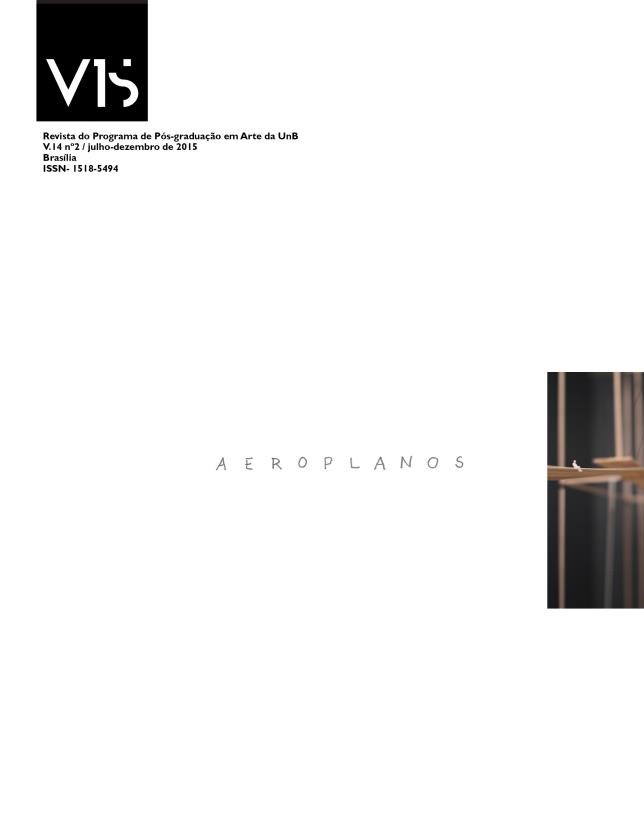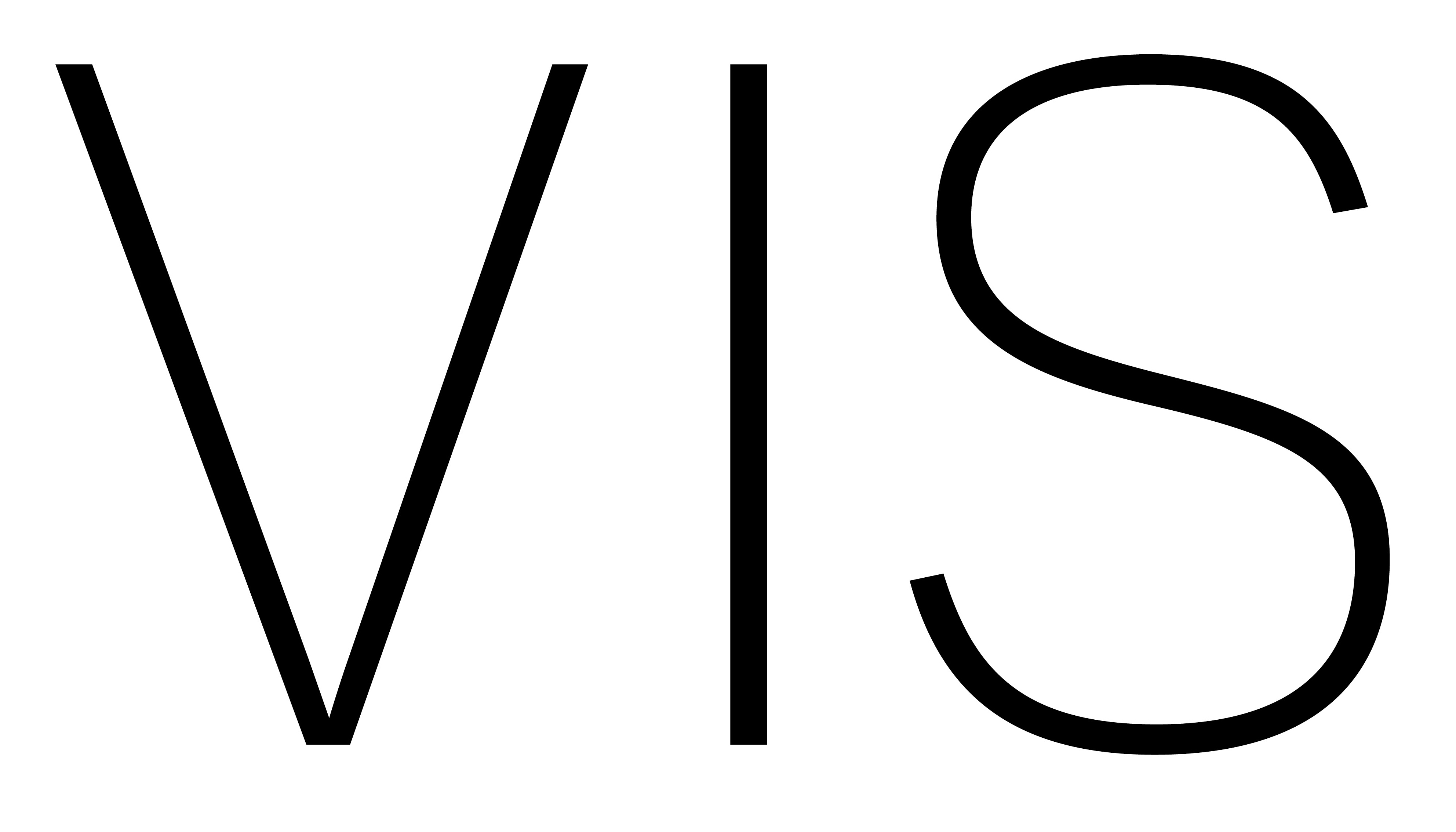A fábrica do sensível
as imagens contraditórias da arte
DOI:
https://doi.org/10.26512/vis.v14i2.19788Keywords:
Aesthetic. Art. Image. Sensory Experience. Modernism.Abstract
Defending the aesthetics as the terrain where the battle takes place for the emancipation of new forms of political subjectivity, Jacques Rancière highlights the role of art as a contradictory sensorial experience. The aesthetic experience transforms and redraws the distribution of the sensorium, the division that predetermines the ways of being-in-common. Art relates to the production of a community founded on the idea of dissent. Dividing from within a given sensorial situation, art reconfigures the possibility of perception, thought and action, redistributing the capabilities within the community. Art teaches how to live in a heterogeneous sensorium because it links contradictory orders as knowing and notknowing, logos and pathos, autonomy and heteronomy.
Downloads
References
ASPE, Bernard. A revolução sensível. Aisthe. Revista da linha de estética do Programa de Pós-graduação em Filosofia da UFRJ, v. 7, n. 1, 2013.
ARDENNE, Paul. Un art contextuel: création artistique en milieu urbain, en situation d’intervention, de participation. Paris: Flammarion, 2004.
BARBOSA, Ricardo Corrêa. A educação do homem e a educação estética do homem. In: HUSSAK, Pedro. VIEIRA, Vladimir (Org.). A educação estética: de Schiller a Marcuse. Rio de Janeiro: Nau. Edur, 2011.
DANTO, Arthur. The Artworld. The JournalofPhilosophy, v. 61, n. 19, p. 571-584. Oct. 15, 1964.
LYOTARD, Jean-François. O inumano: considerações sobre o tempo. Lisboa: Estampa, 1989.
POIVERT, Michel. La photographie contemporaine. Paris: Flammarion, 2010.
RANCIÈRE, Jacques. O espectador emancipado. São Paulo: Martins Fontes, 2012a.
_________. O destino das imagens. Rio de Janeiro: Contraponto, 2012b.
_________. A comunidade estética. Poie sis, n. 17, p. 169-187, jul. de 2011.
_________. Aisthesis: scènes du régime esthétique de l’art. Paris: Galilée, 2011.
_________. O inconsciente estético. São Paulo: Editora 34, 2009.
_________. A partilha do sensível: estética e política. São Paulo: EXO experimental org., Ed. 34, 2005.
_________. “The aesthetic Revolution and its outcomes”. New Left Review, 14, mar.-abr 2002, p. 133- 15. Disponível em: http:// newleftreview. org/.).
_________. Le maître ignorant: cinq leçons sur l’émancipation intellectuelle. Paris: Fayard, 1987.
ROBERTS, John. The impossible document: Photography and conceptual art in Britain, 1966-1976. London: Camera Work, 1997.
SCHILLER. A educação estética do homem: numa série de cartas. São Paulo: Iluminuras, 2014.
SÜSSEKIND, Pedro. Schiller e o desafio de pensar a modernidade. In: HUSSAK, Pedro.
VIEIRA, Vladimir (Org.). A educação estética: de Schiller a Marcuse. Rio de Janeiro: Nau. Edur, 2011.




